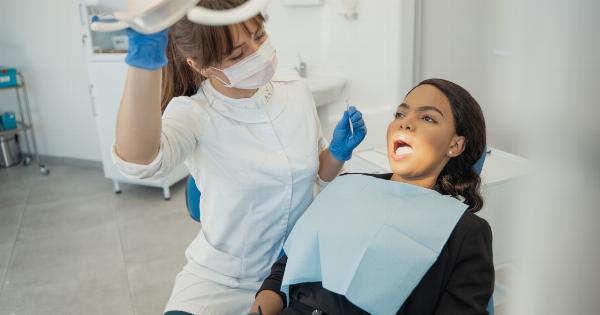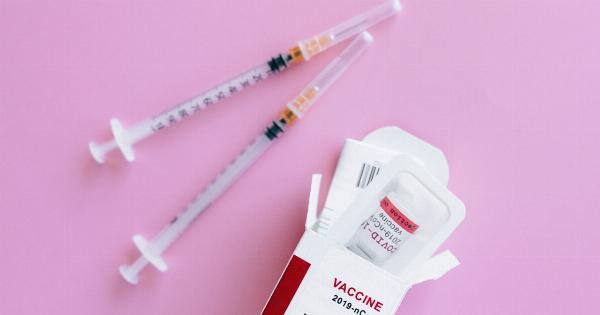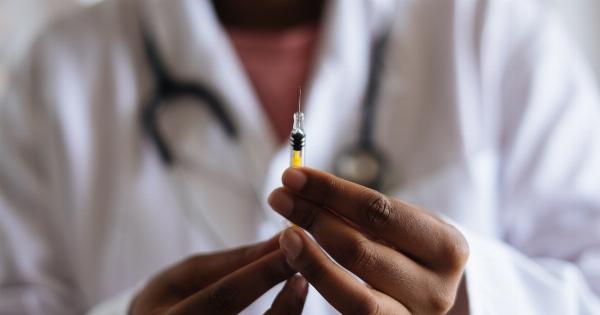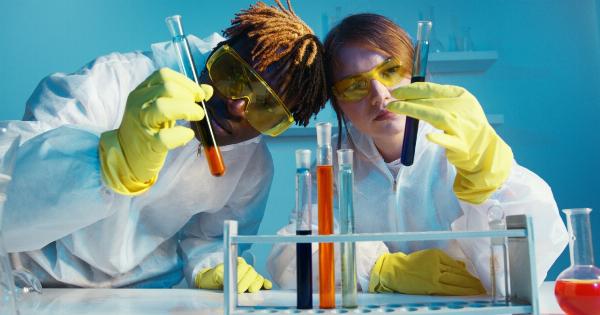Have you ever experienced taking antibiotics for an infection, only to realize that it doesn’t seem to work? Or maybe you know someone who got infected with a strain of bacteria that is resistant to most medications, leading to difficulty in treatment and sometimes even death. These scenarios happen more frequently in recent years, as microbes are evolving and developing resistance to the very drugs that were supposed to fight them.
This phenomenon is called antimicrobial resistance, and it’s a global public health threat that needs urgent attention.
The Rise of Antimicrobial Resistance
Antimicrobial resistance happens when microbes, such as bacteria, viruses, fungi, and parasites, develop ways to defend themselves against drugs that were meant to treat them.
These microbes evolve through natural selection, as they develop mutations that make them resistant to the drug’s mode of action. This resistance can occur through different mechanisms, such as reducing drug uptake, inactivating the drug, or modifying the drug target. The more frequently a drug is used, the higher the chances of resistance emerging.
This process of microbial evolution is not new, as it has been happening since the discovery of antibiotics in the early 20th century. However, the rate of resistance development has been accelerating in recent years, due to several factors:.
- Overuse and misuse of antibiotics in humans and animals, leading to selective pressure on resistant strains.
- Poor infection control practices, such as inadequate hand hygiene, that facilitate the spread of resistant microbes.
- Lack of investment and research in new antimicrobial drugs, leading to a limited arsenal of effective treatments.
The Consequences of Antimicrobial Resistance
The consequences of antimicrobial resistance are dire, as it can render once-treatable infections untreatable. This can lead to prolonged illness, disability, and death, as well as increased healthcare costs and economic losses.
It also affects the management of other health conditions, such as cancer treatments and surgery, which rely on effective antimicrobial prophylaxis. In addition, antimicrobial resistance has social and environmental impacts, as it affects food security, animal welfare, and global trade.
The World Health Organization (WHO) has identified antimicrobial resistance as one of the top ten global public health threats facing humanity.
The WHO estimates that by 2050, antimicrobial resistance could cause 10 million deaths per year, surpassing the number of deaths from cancer. This emphasizes the urgent need for action to combat antimicrobial resistance.
Strategies for Combating Antimicrobial Resistance
Effective strategies for combating antimicrobial resistance require a multifaceted approach that addresses different aspects of the problem. Some of the key strategies include:.
Reducing the Use of Antibiotics
Reducing the use of antibiotics in humans and animals is essential to slow down the development of resistance.
This can be achieved through improved prescribing practices, such as prescribing antibiotics only when necessary, using narrow-spectrum antibiotics, and avoiding unnecessary prolonged courses. It also requires public education and awareness campaigns about the risks of antibiotic overuse and the importance of completing the full course of antibiotics.
Improving Infection Prevention and Control Measures
Improving infection prevention and control measures is crucial to prevent the spread of resistant microbes.
This includes promoting hand hygiene, implementing standard precautions and transmission-based precautions, improving environmental cleaning, and implementing antimicrobial stewardship programs. It also requires adequate infrastructure and resources in healthcare facilities, such as isolation rooms and appropriate equipment for sterilization and disinfection.
Investing in Research and Development of New Antimicrobial Drugs
Investing in research and development of new antimicrobial drugs is necessary to address the current gaps in the antimicrobial armamentarium.
This requires collaboration between governments, academia, and the pharmaceutical industry, as well as innovative approaches, such as phage therapy, immunomodulation, and probiotics. It also requires addressing regulatory and economic barriers for antimicrobial drug development, such as the lack of incentives for drug developers and the high costs of clinical trials.
Promoting International Cooperation and Coordination
Promoting international cooperation and coordination is essential to address the global nature of antimicrobial resistance.
This includes sharing data and information on resistance patterns, harmonizing surveillance systems, and developing global guidelines and strategies. It also requires addressing the inequalities in access to healthcare and antimicrobial drugs between high-income and low-income countries, as well as the impact of globalization on the spread of resistant microbes.
The Role of Antibacterial Strength
Antibacterial strength refers to the potency and effectiveness of an antibiotic against a particular strain of bacteria.
It’s determined by several factors, such as the drug’s mechanism of action, spectrum of activity, pharmacokinetics, and resistance profile. Antibacterial strength is crucial in the fight against antimicrobial resistance, as it determines the likelihood of the drug being effective against resistant strains.
There are several ways to enhance antibacterial strength, such as:.
Combination Therapy
Combination therapy involves using two or more antibiotics in combination to enhance their efficacy and prevent the emergence of resistance.
Combination therapy can target different pathways or stages in bacterial metabolism, such as cell wall synthesis, protein synthesis, or nucleic acid synthesis. It can also target different phases of bacterial growth, such as the exponential or stationary phase.
Combination therapy can also reduce the likelihood of resistance emergence, as it requires a higher number of mutations for bacteria to become resistant to both drugs.
Bacteriophage Therapy
Bacteriophage therapy involves using bacteriophages, which are viruses that infect and kill bacteria, as an alternative to antibiotics.
Bacteriophages have several advantages over antibiotics, such as their specificity to certain bacterial strains, their ability to penetrate biofilms, and their ability to replicate and amplify in the presence of bacteria. Bacteriophage therapy can also reduce the selective pressure on resistant strains, as the phages evolve along with the bacteria and can be replaced by other phages once resistance emerges.
Nano- and Microscale Technologies
Nano- and microscale technologies involve the use of nanoparticles or microparticles that can target bacteria through different mechanisms, such as membrane disruption, enzyme inhibition, or reactive oxygen species generation.
These technologies can enhance antibacterial strength by increasing the drug’s bioavailability, reducing the drug’s toxicity, and improving the drug’s specificity to target bacteria. Nano- and microscale technologies can also be used for targeted delivery of antimicrobial drugs to specific sites of infections, such as biofilms or infected tissues.
Host-Directed Therapies
Host-directed therapies involve targeting the host’s immune system and physiology to enhance its ability to combat bacterial infections.
Host-directed therapies can enhance antibacterial strength by reducing inflammation, promoting tissue repair, and enhancing immune surveillance. Host-directed therapies can also have synergistic effects with antimicrobial drugs, as they can reduce the bacterial load and enhance the drug’s penetration and efficacy.
Conclusion
The problem of antimicrobial resistance is not going away anytime soon, and it requires a concerted effort from all stakeholders to combat it.
Enhancing antibacterial strength is a crucial component of this effort, as it can improve the efficacy and potency of antimicrobial drugs against resistant strains. Strategies such as combination therapy, bacteriophage therapy, nano- and microscale technologies, and host-directed therapies can all contribute to enhancing antibacterial strength and combatting antimicrobial resistance.























